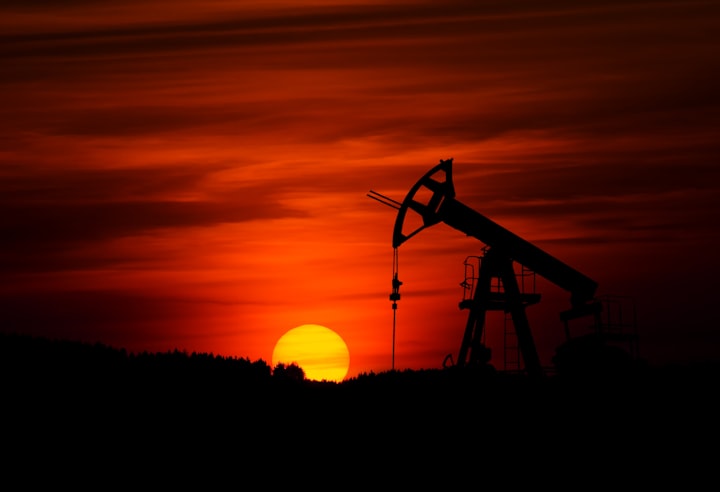Heat Pump Up the Jam
We run some math on electrification
This process allows heat pumps to provide efficient heating and cooling for buildings, making them a popular choice in many countries
The cost savings of using a heat pump for heating and cooling versus natural gas heating and electric air conditioning can vary depending on a number of factors, including the efficiency of the heat pump, the cost of natural gas and electricity, and the size of the home
As detailed in a recent IEA report, heat pumps are increasingly being viewed as critical technology for decarbonization
In general, heat pumps can provide significant savings over traditional heating and cooling systems
Federal and state policies are incentivizing heat pump growth
We show some heat pump math
How They Work
According to the DOE a heat pump consists of a compressor and two copper or aluminum coils (one indoors and one outside), which have aluminum fins to aid heat transfer. When heating, liquid refrigerant in the outside coil removes heat from the air and evaporates into a gas. The indoor coil releases heat from the refrigerant as it condenses back into a liquid. A reversing valve can change the direction of the refrigerant flow for cooling mode.

Where They Work
Until recently, heat pumps weren't typically used in subfreezing temperatures. Further, regions of the U.S. with more newbuild residential construction show higher heat pump penetration rates.
The most recent EIA data indicates 17.8 million heat pumps were installed in the U.S. in 2020, up 32% from 2015 and representing 15% of residential space heating equipment.
Show Me the Money
The Inflation Reduction Act provides subsidies for consumers to purchase heat pumps and incentives for manufacturing efforts to ramp domestic capacity. Additionally, some states are providing policy support for a heat pump wave.
Reasonable assumptions would suggest the U.S. can get to 40 million installed heat pumps by 2031.
More action is needed to significantly move the needle.
Some math:
- There are approximately 55 million homes in the U.S. that space and water with natural gas
- On average these residences use 63 MMBtu annually for these needs
- The trailing 12-month average U.S. price for residential natural gas deliveries is $17.51/Mcf
- The trailing 12-month average U.S. price for residential electricity is 14.71 cts per kWh
- Assuming the natural gas heating system has an efficiency of 85%, annual natural gas space and water heating costs are $1,299 (63 MMBtu/.85 x 17.51)
- With a coefficient of performance of three, heat pump heating costs are estimated at $906 per year (63 MMbtu x .00293071 kWh/Btu x 14.71)/3
Using the $393 annual savings from our household calculation and applying to our installed base forecast, U.S. consumers will save upwards of $16 billion annually due to the use of heat pumps over natural gas heating.
Enersection's math suggests heat pumps will use approximately 365 TWhr of power generation in 2022, or approximately 9% of US generation. This number should more than double by 2031 adding incremental generation demand.
Natural gas producers and investors should note that heat pump replacement and conversion activity will impact natural gas home heating demand. Assuming 60% of heat pumps installations are for newbuild activity, conversions will reduce U.S. natural gas demand by 1.5 Bcf/d in 2031.
Together with expected wind and solar displacements, U.S. natural gas markets could be much looser in 5-10 years.




